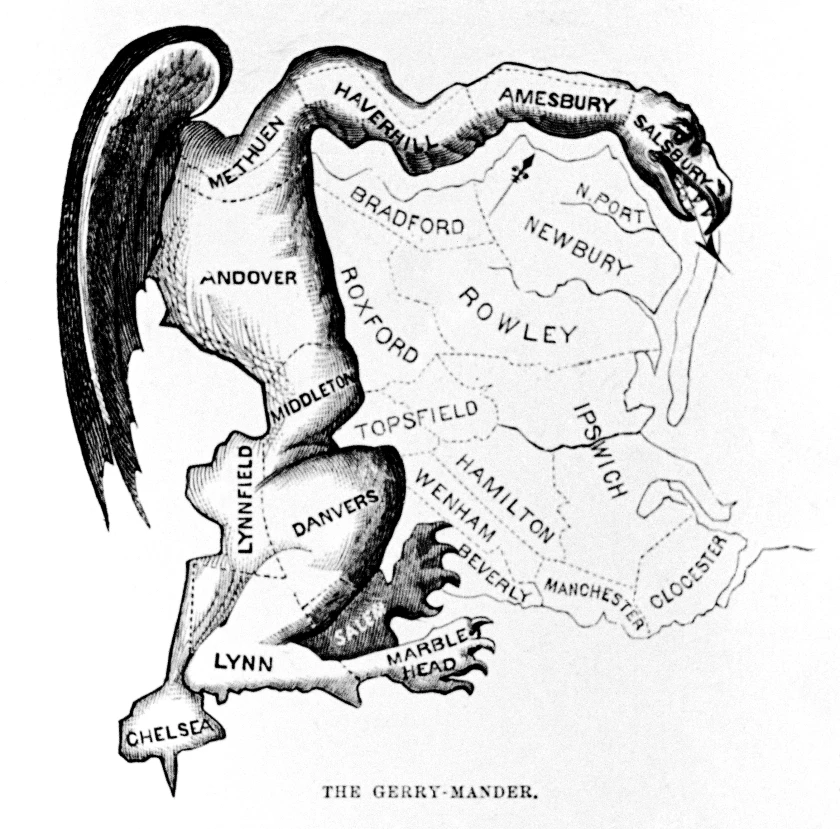TL;DR -- There are several site that stress celebrity genealogy. We have referenced these from time to time. But, early on, we started a list of descendants of Thomas and Margaret Gardner that we saw referenced on the web. Some of these site no long exist, so we are going back through and doing proofs. This post looks at a recent episode of a well-known program that came back from an hiatus. Then, we consider the genealogy of an actor who recently passed away.
--
When we first started this work, we found that looking for celebrity cousins helped, somewhat. They had public interest and could be used for demonstrations. There have been lots of books written about celebrity biographies and their family ties; TV had a few shows appear the last decade with that theme. We look at one example; too, an actor recently died who looks to be of New England heritage. First, we consider the subjec to of a WDYTYA episode; then we look at Wally of Beaver fame.
"Who do you think that you are?" is a TV series that showed personalities tracing their heritage. It ran for a while and then left the air. We watched some shows and had a post back in the time when Cindy Crawford (May 2014) was the adventurer. There was discussion after that episode about what type and how much research had gone into the episode which is less than an hour considering the time taken by TV ads but would have involved lots of work by several persons.
WDYTYA just returned. In this case, there is a blog post that says that it took months of research to fill in the line. The recent subject was Allison Janney (Janney-406 on WikiTree) who is a descendant of Stephen Hopkins through her mother, Macy Brooks (Putnam) Janney. This is fairly recent research which was done by Ancestry[dot]com. We looked at her WT Profile which only showed her father's lineage (as of yesterday - we will watch for updates). Too, a 2012 write up of the actress did not have much to say of her mother. So, this TV episode did follow her mother's line; however, they did not do the Putnam line which we hope gets some attention, as it goes back to Essex County MA.
A recent death caught our attention. Beaver's brother died. His Dow name had a huge possibility of being of New England. On looking at the WT Profile (Dow-3550) for Tony Lee Dow, we saw that his mother's line had been expanded but not his father's.As an aside, we like the one-profile approach of WT and their stressing of sources for the material. Generally, material on WT that is without a warning label can be taken as not being erroneous. So, using WT material, we can see that Tony has New England and New York pedigree from his mother that included Taft, Bradford and more. The more public the family, the more scrutiny it gets on WT.
On WT, Tony's grandfather is noted to be John Stevens Dow (1886-1956) who was born in IA. On looking at Family Search, we find a researcher who notes that John was the son of John Fremont Dow who does have New England pedigree. We pulled out part of that lineage to show the families.
This Dow family is a descendant of Thomas and Margaret Gardner through daughter Miriam who married John Hill. The image shows the first eight generations of the family of Tony.
We wrote of the family earlier (Lorenzo and Peggy). He was a circuit rider for the Methodist Church; she was a noted Quaker author.
Remarks: Modified: 07/29/2022








